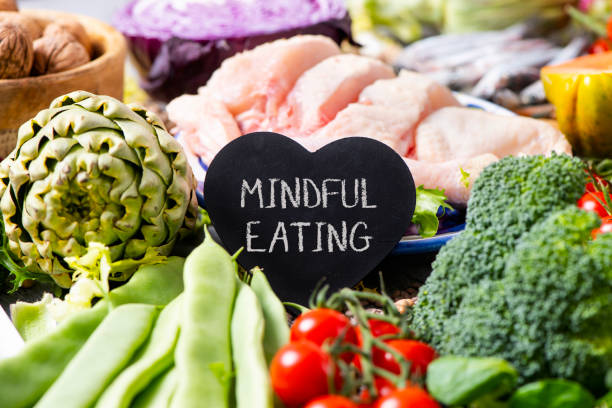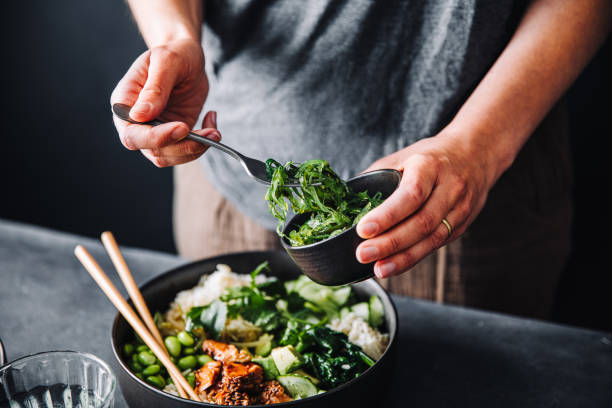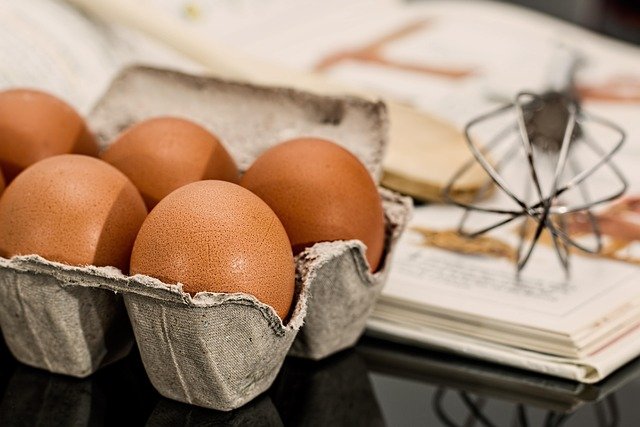Everyday ingredients linked to liver metabolic function
Everyday cooking ingredients can supply nutrients that support liver metabolic processes such as glucose regulation, fat handling, and detoxification. Simple changes—choosing whole grains, leafy greens, legumes, lean protein, and sources of omega-3—paired with hydration, portion control, and mindful meal planning can help maintain metabolic balance over time.

The liver is central to metabolism: it stores and releases glucose, processes fats, manufactures proteins, and helps neutralize compounds the body must eliminate. Daily food choices influence these tasks by providing nutrients, fiber, antioxidants, and healthy fats that affect inflammation and fat accumulation. Practical swaps in grocery shopping and consistent meal planning can make it easier for the liver to maintain balance without drastic dietary overhauls.
This article is for informational purposes only and should not be considered medical advice. Please consult a qualified healthcare professional for personalized guidance and treatment.
Which nutrients support liver metabolic function?
A range of micronutrients and amino acids support liver enzymes and repair processes. B vitamins assist in energy metabolism and detoxification reactions, while vitamin D and minerals such as magnesium and zinc help modulate inflammation and enzymatic function. Lean protein supplies the amino acids required for tissue maintenance and synthesis of key proteins. Antioxidants from fruits, vegetables, and nuts reduce oxidative stress that can damage liver cells. Emphasizing a variety of nutrient-dense foods helps ensure the liver receives the building blocks it needs for normal metabolic activity.
How do fiber and whole grains affect the liver?
Dietary fiber and whole grains contribute indirectly to liver health by improving blood sugar control and supporting gut function. Soluble fiber slows carbohydrate absorption, reducing blood glucose spikes that increase the liver’s workload, and insoluble fiber promotes regular elimination and bile flow. Whole grains deliver more vitamins and minerals than refined options and support steady energy. Regularly choosing whole grains over highly processed carbohydrates can reduce the tendency for fat storage in the liver when combined with appropriate portion control and overall calorie balance.
What role do greens, crucifers, and legumes play?
Leafy greens and cruciferous vegetables (such as broccoli and Brussels sprouts) are rich in micronutrients and phytochemicals linked to antioxidant and phase II detoxification pathways. These vegetables are low in calories and high in fiber, which supports satiety and gut health. Legumes—beans, lentils, and chickpeas—provide plant-based protein, fiber, and minerals that help stabilize blood sugar and supply sustained energy. Including greens, crucifers, and legumes across meals increases nutrient density while helping manage caloric intake, an important factor in preventing excess liver fat.
How can lean protein and healthy fats help?
Lean protein sources like poultry, fish, eggs, and plant-based proteins provide essential amino acids without excessive saturated fat. Healthy fats—monounsaturated fats from olive oil and avocados and omega-3 fats from fatty fish, flaxseed, and walnuts—support cell membrane health and have anti-inflammatory properties. Omega-3s are associated with improved lipid profiles and may reduce liver fat in some settings. Balancing lean protein and healthy fats at meals helps with satiety and supports steady metabolic responses, making it easier to maintain stable blood sugar and energy levels.
Why monitor sugars, alcohol, portion control, and meal planning?
High intakes of added sugars can increase liver fat and disrupt metabolic signaling; reducing sugary beverages and sweets lowers metabolic strain. Alcohol is processed by the liver and can promote inflammation and fat accumulation; frequency and quantity influence risk. Portion control and deliberate meal planning help limit excess energy intake and distribute carbohydrates alongside protein and fiber to minimize spikes. Practical approaches include measuring portions, preparing balanced meals in advance, and pairing carbohydrates with protein or fiber to moderate post-meal glucose responses.
How do hydration and antioxidants fit into daily choices?
Adequate hydration supports circulation and the transport of metabolites the liver processes, while many antioxidant-rich foods help neutralize free radicals produced during metabolism. Berries, colorful vegetables, nuts, and green tea provide polyphenols and carotenoids that contribute antioxidant effects. Hydration combined with fiber-rich meals aids bile flow and intestinal transit, facilitating elimination. Including small portions of antioxidant-rich foods throughout the day and keeping fluids consistent complements other dietary practices focused on providing the liver with the substrates it needs for healthy metabolic function.
Everyday ingredients that support liver metabolic function are those that supply a balance of nutrients—fiber, antioxidants, omega-3, lean protein, and healthy fats—while limiting excess sugars, refined carbohydrates, and alcohol. Consistent meal planning, portion control, and adequate hydration help these foods work together to stabilize metabolic demands. Individual needs vary by health status, medications, and underlying conditions, so personalized guidance from a qualified healthcare professional is recommended when making dietary changes.




